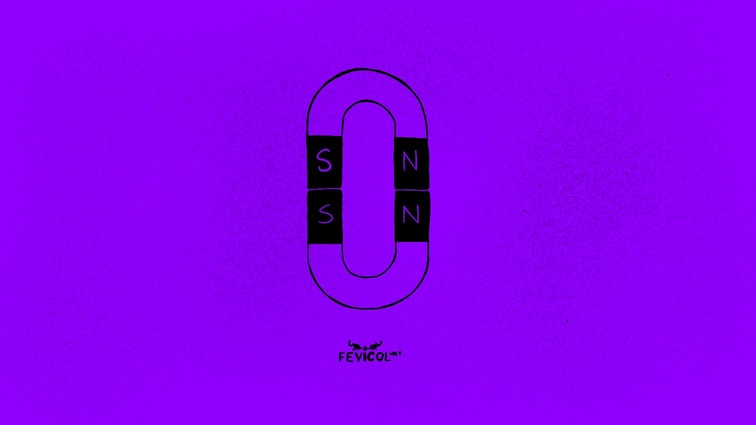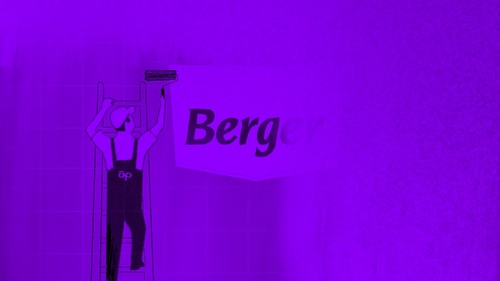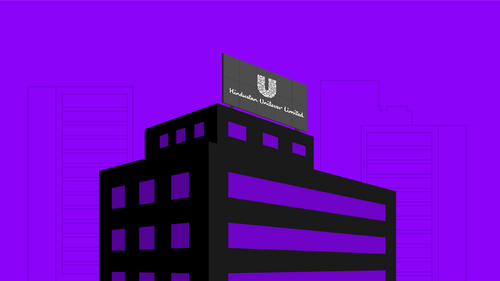Fevicol is a wildly popular name in India! You’ll hardly see anyone go to a shop and ask for a bottle of adhesive. No matter what adhesive they end up purchasing, they always ask for Fevicol.
Of course, our love for Fevicol as a brand also reflects in its market share. It captures a whopping ~70% market share in the domestic market[1]!
Fevicol is a clear monopoly in the adhesive industry, and we love breaking down successful monopoly businesses.
So let’s dive right in!
Firstly, a bit of backstory on Fevicol
Pidilite, the parent company of Fevicol, was founded by Balvantray Kalyanji Parekh in 1959.
Pidilite is known for making adhesives, sealants, and construction chemicals. Fevicol was their flagship product and it quickly became a household name.
Back in the 1950s, carpenters used fat-based glue which was inconvenient, clumsy and required heating before use.
Fevicol was introduced as an alternative to this and it addressed all these shortcomings. It was ready-to-use, did not create a mess and was super efficient.
The product was an instant hit and Fevicol soon became the go-to adhesive for carpenters. With time, the product line was expanded to include different types of adhesives for different purposes.
Today, Fevicol is used in a variety of applications like woodworking, carpentry, automobile, leather, etc.
So, what exactly did Fevicol do differently?
Now, a key thing about the adhesives market in India is that ~60% of revenue comes from industrial segments, and the remaining ~40% from consumer segments[2].
Contrary to this trend, Fevicol puts its maximum effort to reach out to the consumer segment. In fact, ~80% of its revenue comes from this segment, while the remaining ~20% is through industrial sales[3].
Now, Pidlite’s real masterstroke was to take Fevicol, an industrial-grade adhesive, re-package it in smaller sizes and introduce it for household use[4]. This single step tremendously improved its familiarity with Indian consumers and made it the iconic brand it is today.
But, do the numbers make sense for Fevicol?
Let’s do some quick math to figure out how much of a revenue advantage Pidilite gains by targeting the consumer segment.
Firstly, Fevicol has two different types of users in the consumer segment:
- Households, and
- Carpenters
In 1970, Fevicol launched its first small size pack of 30 grams. Due to the convenient size and usability, it was adopted by families across the country.
Present day, there would hardly be any household in the country which does not stock at least one Fevicol tube in the house. In fact, it is considered a good practice by families to keep Fevicol handy for any emergency situation!
Revenue from households
-
There are about 25 crore households in India[5]. Let’s say that ~80% keep at least one small pack of Fevicol in their house regularly.
Then, the total number of households using Fevicol is 80% of 25 crores = 20 crores
-
Also, say, one household uses about 5 small tubes of Fevicol (for instance, a 23-gram tube whose price is INR 20) in a year.
This means that one household uses Fevicol worth INR 100 (INR 20 X 5) in a year.
- Total revenue generated by selling Fevicol to households = INR 100 X 20 crores = INR 2000 crores
Voila! By selling just INR 100 worth of Fevicol to each household in a year, Pidilite is generating a whopping INR 2000 crores of revenue!
Revenue from carpenters
Now, let’s see how much money Fevicol makes by selling to carpenters.
-
Let’s assume there are ~10 lakh carpenters in India[6,7]. Let’s say ~50% of them use Fevicol exclusively (conservative estimate based on their current market share of 70%).
So, total number of carpenters using Fevicol = 50% of 10,00,000 = 500,000
-
Now, let’s say that each carpenter uses ~200 kg of Fevicol in a year (conservative estimate of 1 kg of fevicol/day x 200 working days).The cost of a 1 kg bottle of Fevicol is ~INR 200.
Total cost of 200 kg Fevicol would be INR 200 X 200 = INR 40,000.
-
Revenue generated by selling Fevicol to the carpenters would be INR 40,000 X 500,000 = ~INR 2000 crores
So, by selling to the consumer segment i.e. households and carpenters, Fevicol gets a total revenue of INR 2000 crores + INR 2000 crores = INR 4000 crores!
The herculean task of reaching to consumers
It’s one thing to buildd an innovative product, and another to make it reach your target market.
Before Fevicol, the general practice for adhesive companies was to stock their product with hardware shops and get done. There was no attempt to reach out to the actual users i.e. carpenters to buildd a rapport with them.
In its initial years, Pidilite started reaching out to carpenters directly. This strategy, implemented diligently over years, has given them their most loyal user base.
Educating carpenters
Before Fevicol, the glue was made from animal fat and had 2 major problems:
- It had to be heated in fire for hours
- It smelled very bad
Fevicol solved both these problems for carpenters and gave them these couple of benefits:
- Fevicol was super easy to apply unlike the cumbersome animal fat glue
- It saved a day’s work for carpenters ⇒ ~INR 500-1000 savings assuming a labourer’s typical daily wages
So, Pidilite targeted carpenters directly and organized workshops & training sessions to create awareness about the product and its various uses.
These programs also helped carpenters learn about the latest technology & techniques in the industry, and also made them aware of the importance of using good quality adhesives.
Fevicol Champions Club (FCC)
But, Pidilite did not stop at just educating carpenters.
They went a step ahead and worked on buildd-ing a community of their power users i.e. carpenters. This community, called the Fevicol Champions Club or FCC, helped carpenters to grow professionally and also in personal life.
The idea was to make the best carpenters in the country feel like rockstars. The members of the FCC were given a platform to showcase their skills and were also felicitated at an annual event called the Fevicol Champions Show.
This created a sense of belongingness and pride amongst the members and helped Pidilite to create a community of passionate users.
FCC now has 40,000 carpenters spread over 300 clubs in 145 cities, and has helped Pidilite forge a lifelong relationship with carpenters. In essence, Pidilite created influencers out of its power users!
Closing thoughts
Overall, Pidilite built a winner in Fevicol by creating an innovative product and marketing it to the end consumers through their power users.
It will be tough for competitors to beat this monopoly because, “yeh Fevicol ka mazboot jod hai, tutega nahi” 😉








